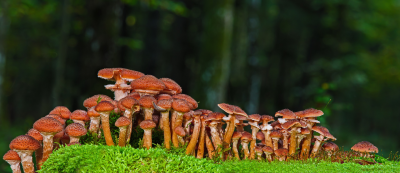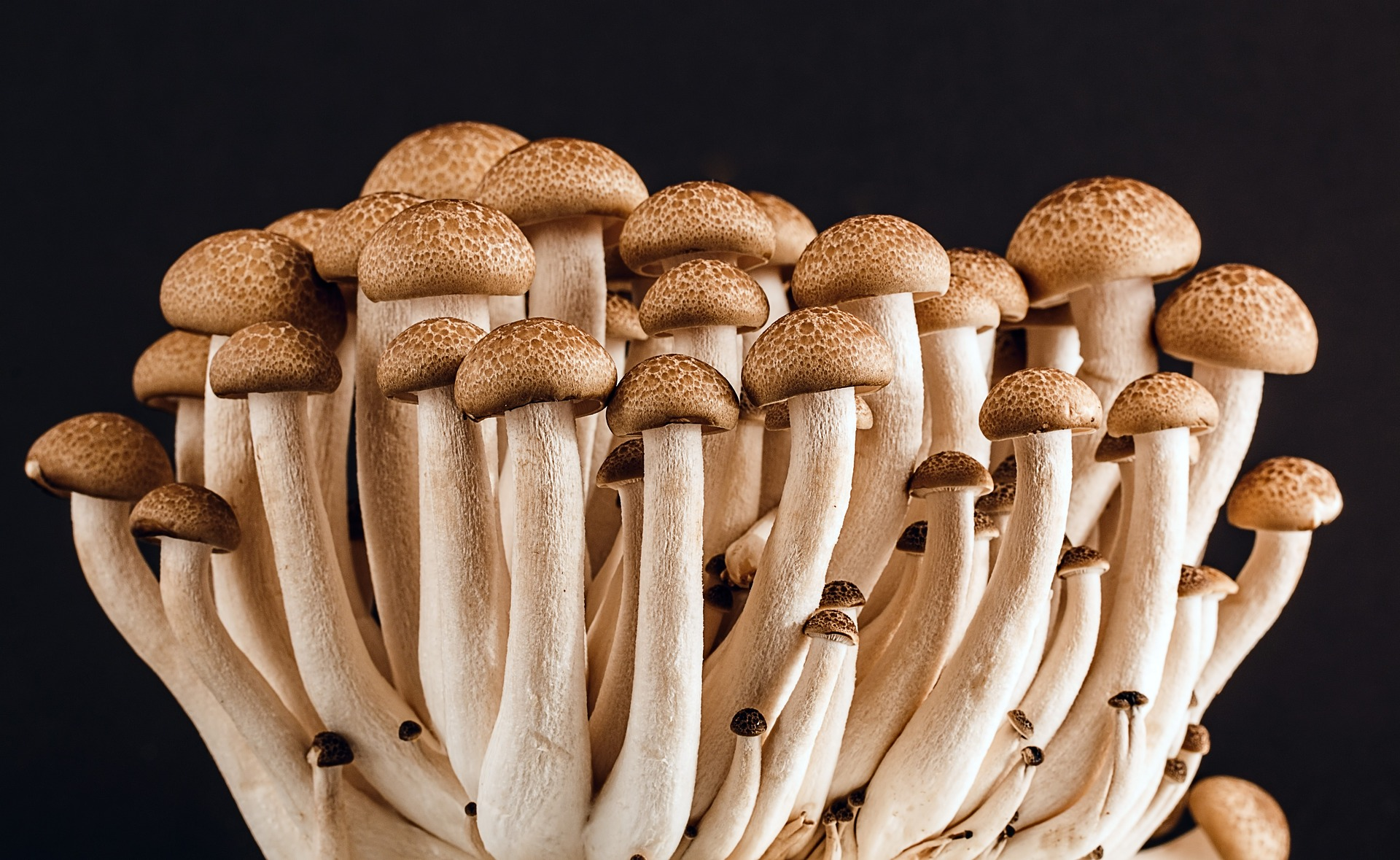
I remember when I was a teenager: we went to collect Liberty Caps in the fields. At the time of my life when I first realized that these narcotics also had a consciousness-expanding effect, the Liberty Caps gave me fantastic free intoxication. What started as laughter and fun quickly turned into more spiritual activities. Two decades later, it’s suddenly almost as difficult to learn something about a multitude of magic mushrooms as it is to learn something about cannabis. Mushrooms, sometimes called “magic mushrooms,” have gained popularity as a therapeutic treatment for a wide variety of diseases, including migraines and depression. They are no longer just hats of freedom. Magic mushrooms come in a multitude of varieties and variations.
The Golden Teachers, a species of psilocybin believed to be both potent and moderate, are one of the best-known magic mushroom species available today. The Penis Envy (PE) variety of mushrooms is popular with those looking for a more potent psilocybin experience due to its provocative form. They are thought to be much stronger and more powerful than the Golden Teachers.
What is a magic mushroom variety?
A strain and a species are different. A genetic group of living things with the ability to reproduce together is called a species. A strain is a subgroup within a species, which designates a specific phenotype or morphology. In other words, each species has its own genetic heritage. The genetic makeup of strains within a species is the same, but some genes are more active than others, resulting in subtle variations in their appearance or sensitivity. Take humans as an example: a person of African descent (regardless of ethnicity or origin) can get pregnant as easily as a person of Caucasian descent. Although they are considered a separate ethnic group (strain), they can nevertheless reproduce because they belong to the same species. The same goes for mushrooms. There are hundreds of different strains of the species Psilocybe cubensis, and each grows a little differently. However, the different strains of this species can interbreed. On the other hand, strains of Psilocybe cubensis and Panaeolus cyanescens cannot interbreed due to their genetic separation.

The six main variations that distinguish each variety are:
The size of the mushroom:
Some varieties are more likely to produce giant mushrooms than others, which are rather short and stocky.
The color of the hat:
Mushrooms can be of any color, including white (albino), light brown, dark brown or even black.
The lamellae:
Some varieties develop a part with barely exposed strips, such as Penis Envy.
The number of harvests:
Most varieties can produce mushrooms for three or four flushes at most, but some have the strength to produce mushrooms for ten or more flushes.
The speed of colonization:
Colonization time varies slightly, but some strains completely colonize spawn jars up to 20% faster.
Resistance to infections:
The biggest cause of failure in the cultivation of magic mushrooms is contamination. Molds and bacteria can affect some strains more than others.
Different types of magic mushrooms
There are many species of fungi but here we will discuss some of the most important species.
Psilocybe semilanceata
Psilocybe cubensis
Psilocybe Mexicana
Psilocybe azurescens
Psilocybe baeocystis
Psilocybe semilanceata
The large, brown, leather-like hats of the mushrooms Psilocybe semilanceata, which are said to be very powerful, are often bound to curved stems. These fungi have 15 to 27 narrow lamellae under their cap, and when the foot or cap of the fungus is damaged or removed, these gills immediately turn blue. This variety of mushrooms is widespread in North America and Europe.
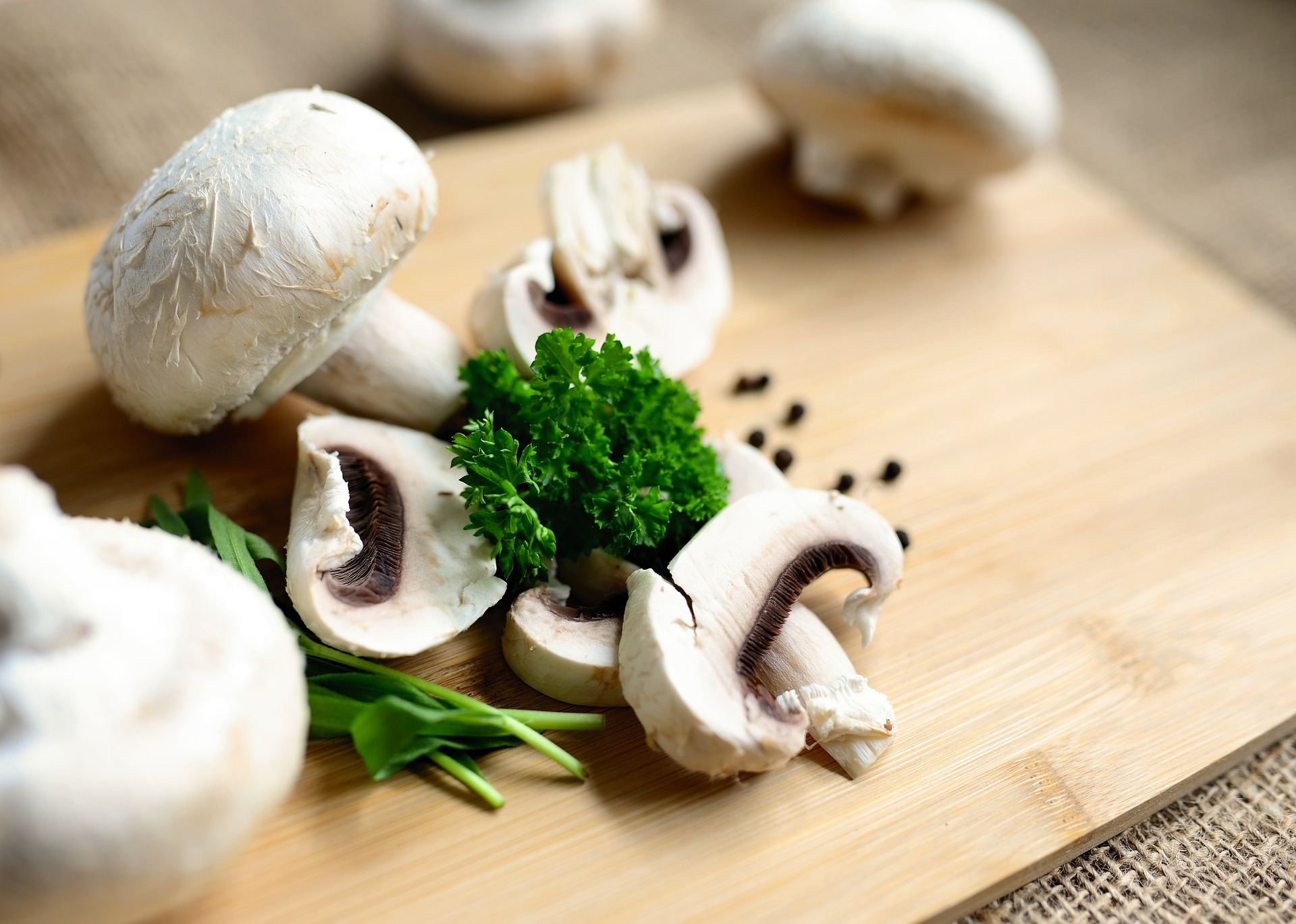
Psilocybe cubensis
The most popular variety of magic mushrooms consumed worldwide is Psilocybe cubensis. This type of fungus, which is found in the United States, Central America, Southeast Asia and northern South America, has large caps that can reach 80 mm in diameter. As they ripen, the caps of these mushrooms tend to flatten. The lamellae of Psilocybe cubensis are very close together and turn black as they age. This type of magic mushroom usually has a blue-purple tint when the foot or hat is damaged or removed.
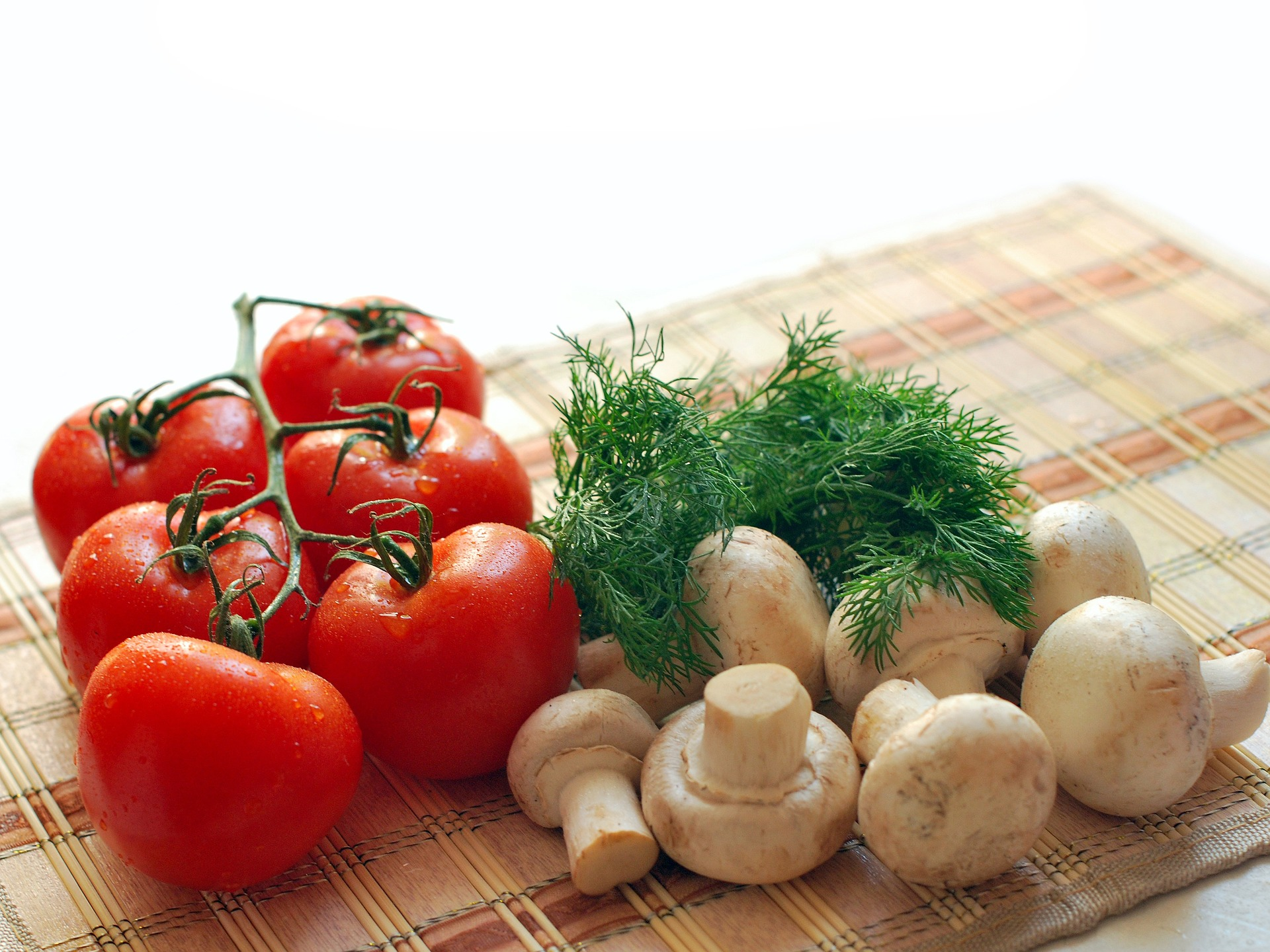
Psilocybe Mexicana
Native Americans have long used psilocybe mexicana, a plant widely distributed in Central and South America. Psilocybe Mexicana mushrooms resemble semilanceata varieties of magic mushrooms, but are distinguished by the fact that they have a conical or bell-shaped cap, which is usually between 10 and 20 mm in diameter. In case of cracks or nose shaped wounds, this type of magic mushroom quickly turns blue. Its typical color is beige with shades of blue or green.

Psilocybe azurescens
The magic mushroom Psilocybe azurescens, which grows naturally in a small, isolated area on the west coast of the United States, is considered very effective. The common name of this variety of magic mushrooms comes from its huge hat, which resembles a saucer. The caps of these mushrooms tend to flatten with age and offer a caramel brown hue, which can also have shades of black and blue. In addition, this variety of mushrooms has white feet riddled with white lamellae that can turn dark blue when they break.

Psilocybe baeocystis
Psilocybe baeocystis often grows in the northeastern Pacific. It has a thin, wavy cap of conical shape.
The caps of these mushrooms typically have an average diameter of 15-55 mm, a dark greenish-brown color. This particular species of magic mushroom often has chalky white feet, which are both straight and curly.
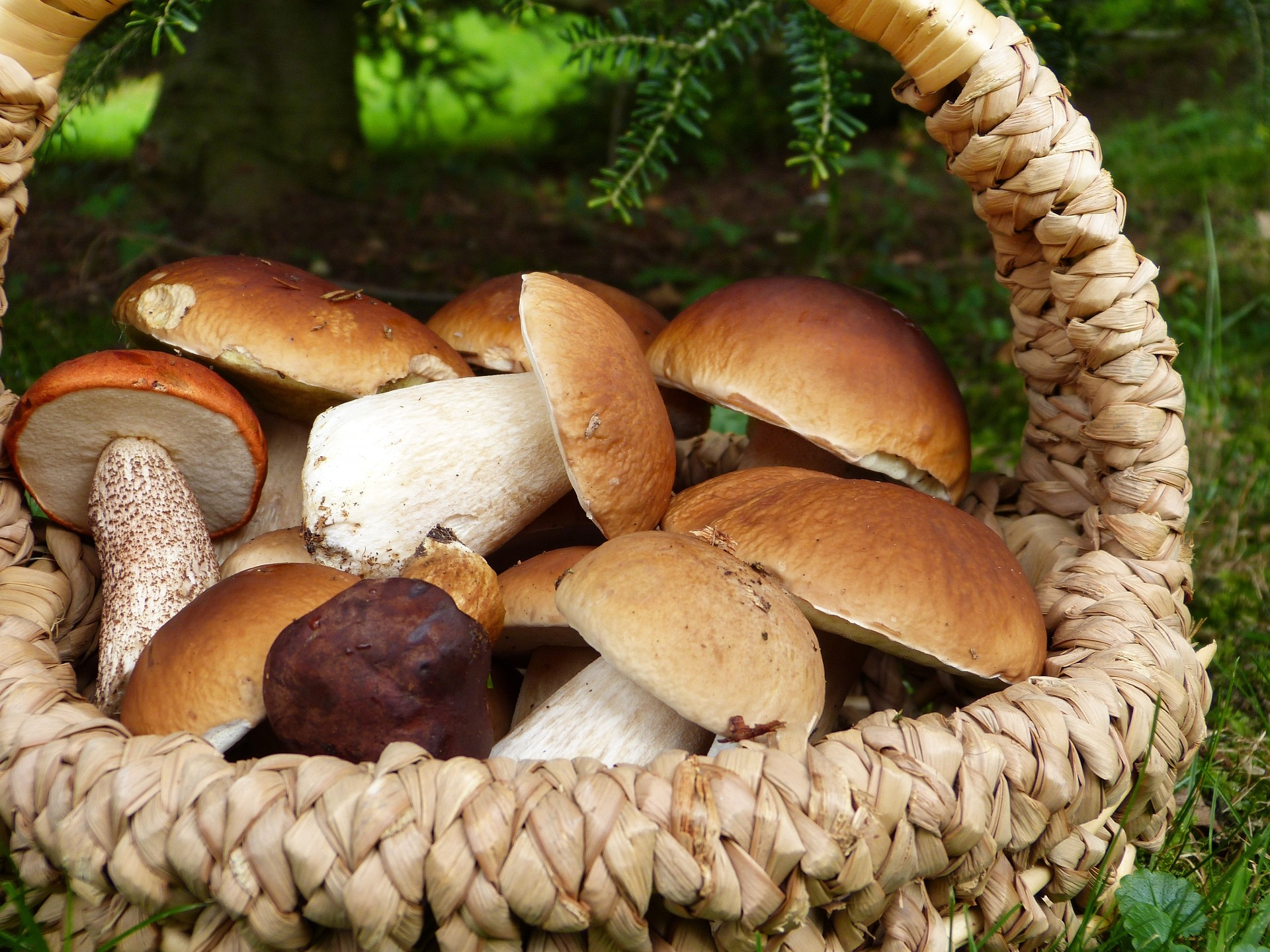
Benefits of magic mushrooms
Researchers say “magic mushrooms” used for medical purposes may offer a multitude of potential benefits, from treating alcoholism to treating depression.
A psilocybin therapy session takes place: a patient lies on the couch. They wear headphones and sunglasses. Soft music is played. Over the course of eight hours, two members of the study team will help lead the session. Most of this time will be devoted to the peaceful reflection of the group.
To the untrained eye, this scene looks like a living room. But this is not the case: it is a research center.
In case of emergency, a qualified medical team is on site.
Despite the appearance of normalcy, this therapy session is anything but normal.
The main psychoactive component of “magic” mushrooms, sometimes called “shrooms”, is psilocybin.
Although it has about 100 times less potency than LSD, it has the power to distort vision, induce pleasure and mystical experiences by altering the perception of time and space.
Psilocybin, like cannabis, has seen a considerable shift for legalization and recognized therapeutic applications in the UK, or MDMA, which has made headlines in recent years due to its potential for treating post-traumatic stress disorder (some researchers believe the drug could get approval from the Food and Drug Administration as early as 2021).
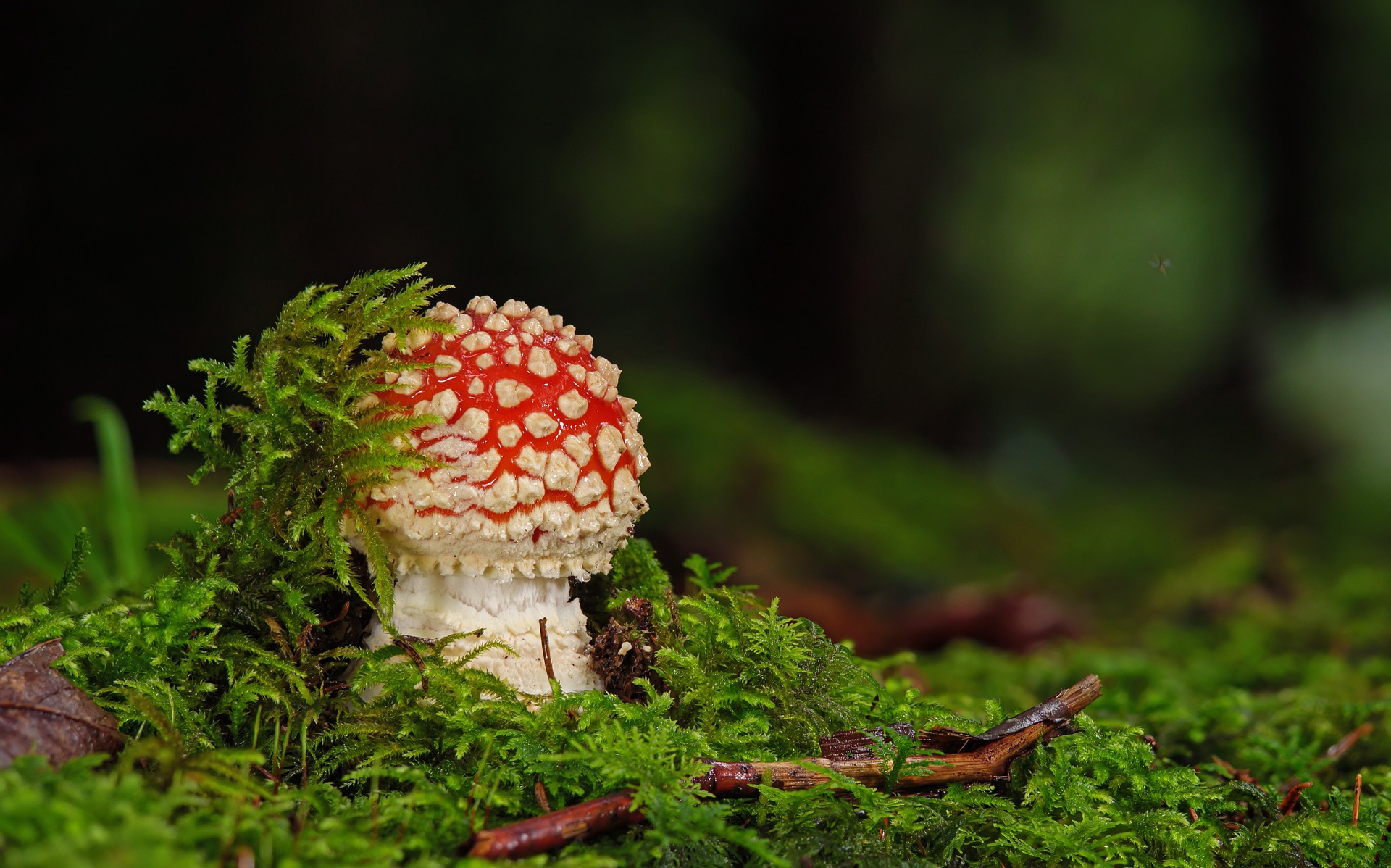
In addition, one might think that the “shrooms” are nothing more than a vestige of the excesses of the 60s and 70s.
But make no mistake, psilocybin can have a multitude of health benefits.
Depression:
One of the most studied applications of psilocybin therapy is depression.
Psilocybin therapy has received “breakthrough therapy” status (a quick review) from the FDA for the treatment of depression, as Healthline reported last year.
Phase III of the trial at the Usona Institute, a psychedelic research center, is currently in the planning phase and is expected to begin producing effects before the end of this year.
Smoking cessation and other addictions:
Researchers at Johns Hopkins University Trusted Source found in a small pilot study that psilocybin therapy significantly improved smoking cessation during a 12-month follow-up period.
The study’s principal investigator was Matthew Johnson, Ph.D.D., Associate Professor of Psychiatry and Behavioral Sciences at Johns Hopkins University School of Medicine.
He claims that psilocybin can be used to treat alcoholism and cocaine addiction, as well as other drug-related problems. According to him, “the prevailing idea is that the nature of these illnesses is mental and related to consumer behavior.

“Therefore, psilocybin has the power, in well-planned sessions, to rip someone out of their habit, create on a larger picture, and build mental flexibility that allows people to overcome these problems.” Indeed, a small open-label study on the effects of psilocybin and alcohol dependence found that magic mushroom users drank less and the effect of alcohol consumption was less important after treatment. Psilocybin treatment for cocaine addiction is currently being tested by researchers in Alabama.
Psychological stress related to cancer:
According to Dr. Charles Grob, professor of psychiatry at UCLA David Geffen School of Medicine, there have been some encouraging early results in areas such as treating excessive existential anxiety in patients with advanced and end-of-life cancer.

In 2011, Grob published a pilot study on the use of psilocybin to treat anxiety in cancer patients.
Grob is also associated with the Heffter Research Institute and has conducted extensive research on psilocybin.
According to a randomized, double-blind study conducted by Johns Hopkins in 2016, a single dose of psilocybin significantly increased quality of life and reduced hopelessness and anxiety in adults diagnosed with life-threatening cancer.
“Cancer sadness and anxiety are the topics on which we have the most Dutch data.”
Johnson, who participated in the study, said: “The results look extremely strong, and I would be surprised if the laws didn’t follow those results.”
How do magic mushrooms work?
All over the world, people love mushrooms in cooking. From pizza to risotto, different species are used to give flavor thanks to their fleshy texture.
But if you eat a particular variety of mushrooms, your meal will become magical.
These mushrooms, also called mushrooms, shrooms, mushies, psychchedelic mushrooms, psychotropic mushrooms or psilocybin, alter mood, perception and behavior and are often used to induce changes in the human psyche.
These species of fungi belong to the genus Psilocybe.
Hallucinations can also be caused by mushrooms of other kinds, but many purists believe that psilocybe mushrooms are the only “real” magic mushrooms. Hallucinations are caused by psilocybe mushrooms because they contain psychoactive tryptamines: psilocybin and psilocin.
Between 0.1 and 1.3% psilocybin can be found in a single mushroom.
Magic mushrooms are among the most widely used substances, as they can be grown easily for little money or found in the wild.
Magic mushrooms have a thousand-year-old history as an integral part of religious or spiritual rites, unlike artificial psychoactive substances like LSD. But LSD and magic mushrooms also have a lot in common. Let’s first look at the effects that their consumption can have on humans.
Mushrooms and LSD
Both LSD and mushrooms have important similarities in how they affect the body. Both substances are psychoactive and have similar effects by acting on the central nervous system. A mushroom trip has often been compared to an LSD trip because it is softer and shorter. Magic mushrooms don’t necessarily cause hallucinations like LSD does. Instead, they alter the perception of real objects [source: Drug Scope].
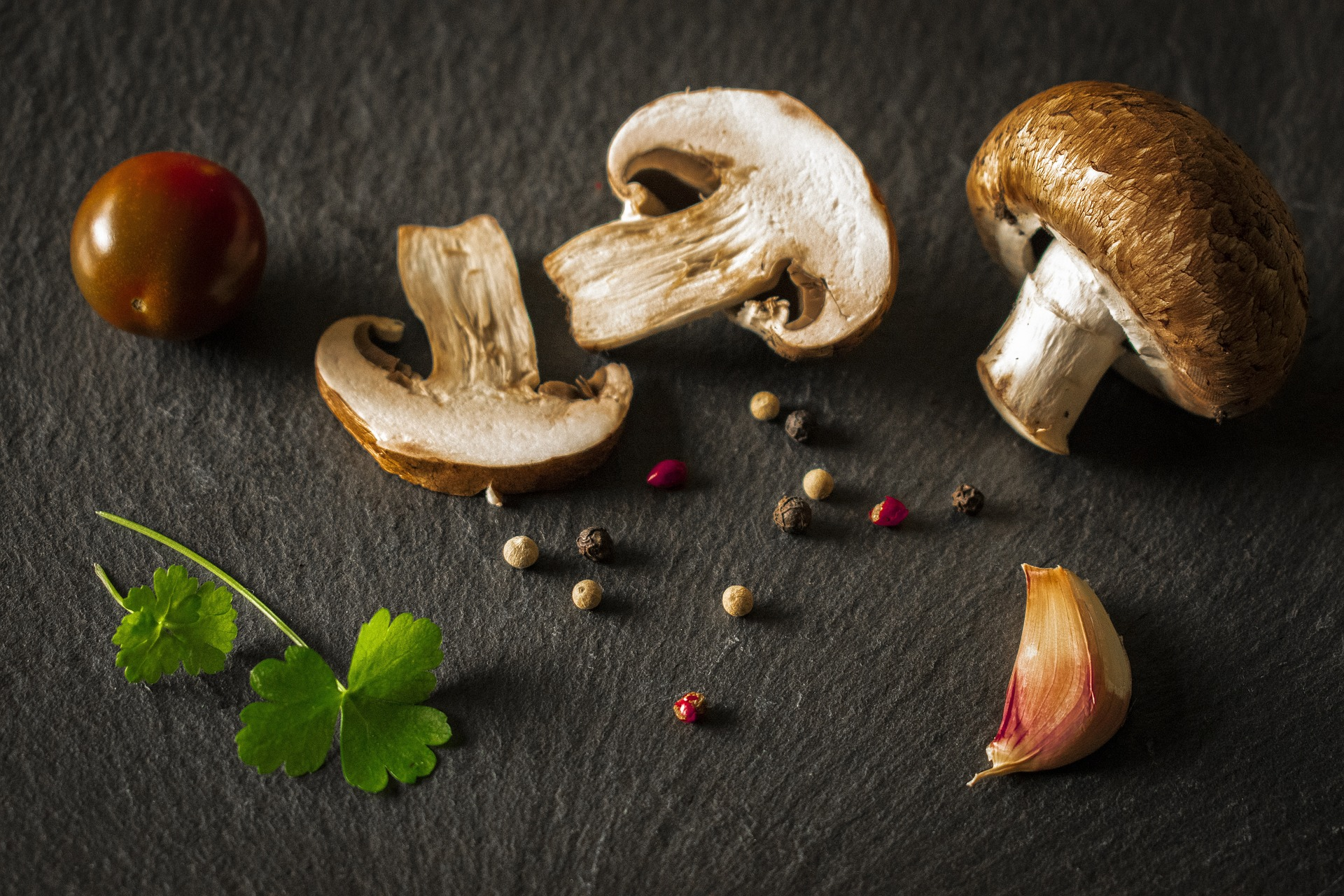
Under the influence of mushrooms, some people may see patterns or color changes. Existing hues, tones, aromas and textures can be changed, while feelings and emotions can become stronger. Time can feel like it’s slowing down, stopping completely, or speeding up.
A person’s perspective on his or her place in the cosmos may change, and he or she may experience a sense of fellowship with a higher power.
As with LSD, the effects of a mushroom trip vary depending on the user, dosage, and type of mushroom consumed, with some being more potent than others. The “set and setting”, i.e. the mental state of the consumer and the place where he is, have a considerable influence on the journey. Users who are in an atmosphere that is anxiety-provoking or uncomfortable for them are more likely to experience a negative, even horrible, trip during which they will feel paranoia, anxiety, nervousness or even fear, instead of euphoria.
The best advice for a beginner is to have an experienced guide by their side during the trip, a “trip sitter”.
Muscle weakness, loss of appetite, numbness, and other stomach problems are common side effects. Once the trip is over, these symptoms disappear.
The dosage of mushrooms
The dose and potency of magic mushrooms vary depending on the species, where they were grown and how they were processed. For example, P. cubensis exists in different strains; those in Thailand are supposed to be stronger and produce a more intense high, while those on the Gulf Coast are supposed to provide a “softer” high. People consume more to compensate for the fact that dried mushrooms lose some of their psilocybin content. In the United States, mushrooms are typically sold in eighth ounces (3.5 grams), which typically costs around $35. The effects of magic mushrooms always vary from person to person and from mushroom to mushroom.

The standard recommendation for beginners is to start with 1 gram (or less) of dried mushrooms (about one P. cubensis) and to observe its sensations. Although they are usually not very good, many people are content to chew fresh or dried mushrooms. Eating them with fruits like strawberries can help mask the taste of some magic mushrooms, which are attributed a mealy, sour or bitter taste. Although cooking mushrooms at more than 60° reduces or even completely removes psilocybin and leads to a sharp decrease in psychoactive effects, people who hate the taste and texture of mushrooms cook them. Some also make smoothies out of them. It is not really necessary to eat magic mushrooms to feel their effects: they can be crushed and then soaked in hot water, creating an infusion. This method apparently has no effect on the intensity of the trip. Since alcohol and magic mushrooms are often combined, it is not uncommon for mushrooms to be dipped in rum or psilo tequila before being consumed directly or added to beverages, although alcohol is known to reduce the effects of mushrooms. People who have consumed infusions claim that they feel the effects faster than when they eat the mushrooms. Finally, to make pills, dried mushrooms are sometimes crushed and placed in gelatin capsules.
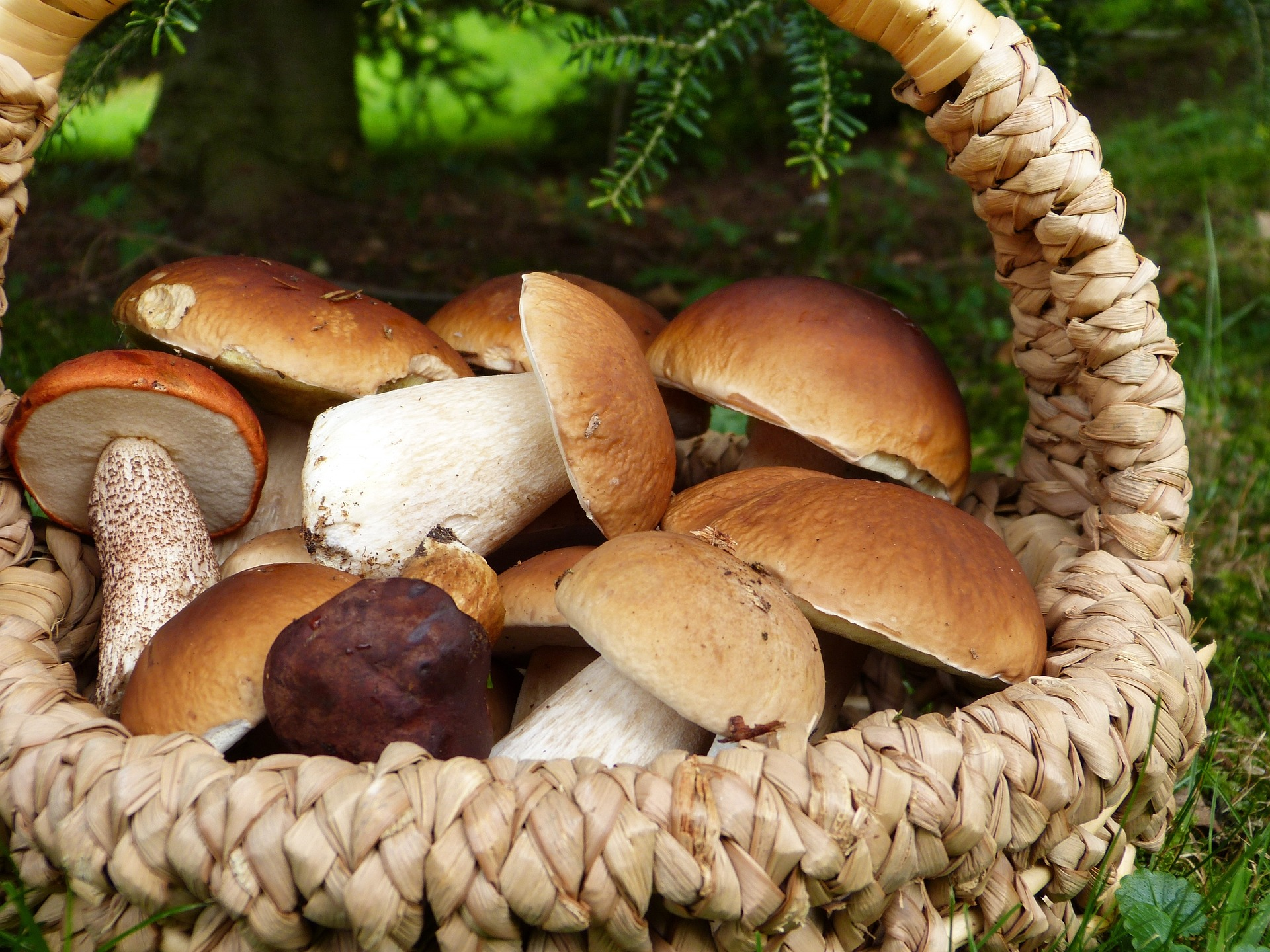
Mycology: mushrooms that grow
P. Cubensis is the most common and easiest fungus to grow, which is why most mushroom growers start there. Mushrooms can be grown in different ways, but we will focus on a basic approach. Each technique starts with obtaining spores, which is an essential component. A spore grows into a fungus, and a single fungus can release hundreds of thousands of spores.
In addition to being used to identify wild mushrooms, spore prints can also be used to grow mushrooms. To use them, dry spores must be moistened. All parts of mushroom cultivation require sterility; Bacteria or mold can prevent them from growing, but they can also produce moldy fungi. The majority of mushroom growers buy spore syringes from wholesalers rather than making their own.
A large plastic box, jars, pressure cooker, nutrients like brown rice flour or millet grain, vermiculite (a type of mineral gravel used to pot plants) or coconut fiber and standard cookware are also important. The jars are filled with the chosen nutrient, then sealed and sterilized. Once colonized, the nutrient will be mixed with vermiculite or coconut fiber in a large plastic box, to form a bread, which will serve as a support for the growth of fungi.
Magic mushrooms and the law
The legality of possessing, using, growing or selling magic mushrooms depends on the state. In the United States, psilocybin is classified as a Schedule I substance under the Psychotropic Substances Act, an amendment to the Controlled Substances Act. This indicates that it has a high potential for abuse, currently has no recognized medical purpose, and cannot be used safely, even in the presence of a physician. This is generally interpreted to mean that magic mushrooms themselves are banned due to the presence of psilocybin, a psychoactive chemical. However, some have invoked this as an ambiguity in federal law, as mushroom spores do not contain psilocybin.
Most states prohibit the possession of magic mushrooms. However, in recent years, states and municipalities have begun to reconsider their stance on mushrooms. Denver was the first U.S. city to decriminalize magic mushrooms in 2019. Santa Cruz and Oakland, California, followed [source: Leins].
Activists for mushroom legalization continue to campaign in other states after winning these victories. Laws to decriminalize mushrooms have been introduced by lawmakers in Oregon, California and Iowa.
In many parts of the world, it is still legal to possess and sell fresh mushrooms and spores (dried mushrooms are almost always banned). But the rules vary greatly from country to country. For example, in Britain, it was legal to possess and sell fresh magic mushrooms until 2005. The sale of fresh mushrooms was banned in 2008, but you can still have small amounts of “magic truffles” in the Netherlands, which are magic mushrooms that have long been considered an alternative. Mexico totally bans the use of mushrooms, with the exception of religious uses. Although mushroom cultivation is legal in Spain, grow kits are not accepted.
A brief history of magic mushrooms
Based on depictions in rock carvings, some historians speculate that magic mushrooms were already in use as early as 9000 BC. by primitive societies in North Africa. The ruins of Mayan and Aztec civilizations in Central America housed statues and other apparent representations of mushrooms. Teonanácatl, which translates to “flesh of the gods,” was a drug used by the Aztecs, which many today confuse with magic mushrooms. Mushrooms were used with peyote, bindweed seeds and other natural psychotropic drugs to induce trances, induce visions and talk with the gods. Some Spanish Catholic missionary priests who visited the New World in the 16th century wrote about the use of these psychoactive drugs. On the other hand, the idea that magic mushrooms have a long sacred past is highly controversial. Some argue that none of this evidence is clear and that people interpret ancient documents, paintings and sculptures in their sense. It has been proven that several modern indigenous tribes of Central America, including the Mazatec, Mixtec, Nauhua and Zapatec, used it. Westerners began consuming magic mushrooms in the late 1950s. In 1955, a mycologist named R. Gordon Wasson explored Mexico to study fungi. He attended and participated in a ritual ceremony with magic mushrooms. It was led by a shaman from the Mazatec tribe, an indigenous people living in the province of Oaxaca, in southern Mexico. In 1957, Wasson wrote an article about his discoveries, which was published in Life magazine. Although Wasson didn’t use it, the phrase “Seeking the Magic Mushroom” was the writer’s idea, and that’s where it first appeared. The “father” of LSD, Albert Hofmann, had been recruited by Wasson’s colleague, Roger Heim, to help isolate and extract psilocybin and psilocin species from the mushrooms that Heim and Wasson had brought back from Mexico.

